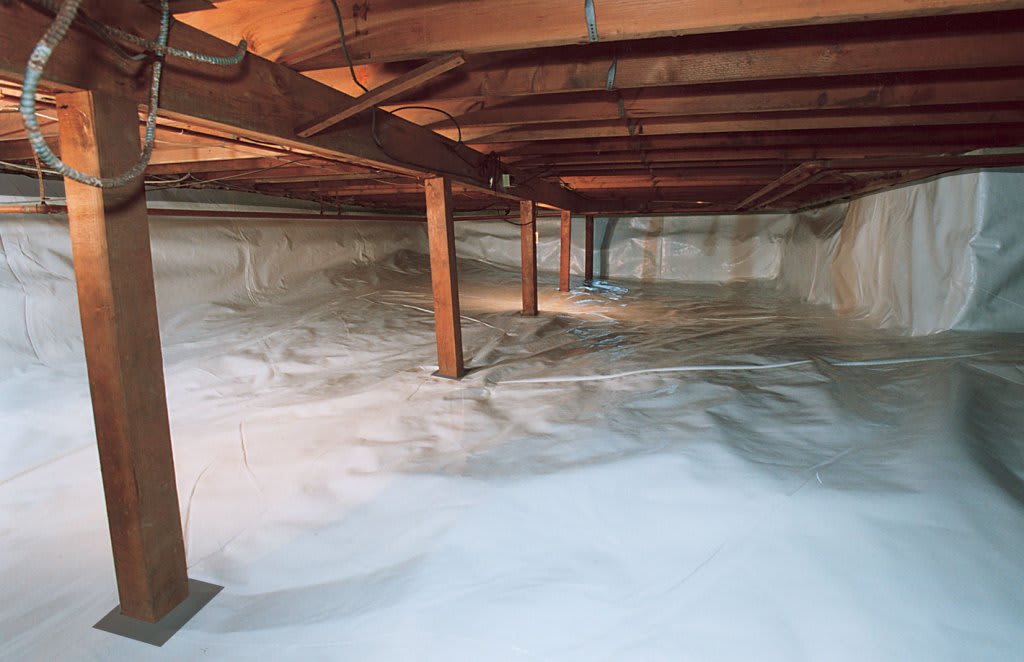:max_bytes(150000):strip_icc()/RemodeledBasement-54ccb4b125554b3e8da69a6e2d7d72a7.jpg)
When it comes to basement waterproofing, an essential component that plays a vital role in preventing water damage and maintaining a dry foundation is a proper drainage system. While there are various methods to keep basements dry, in this article, we will focus on the importance of interior drainage systems. These systems effectively collect and redirect water that may infiltrate the basement, safeguarding your home and providing peace of mind.
Understanding Interior Drainage Systems:
Interior drainage systems consist of a network of channels, pipes, and sump pumps designed to manage water that enters your basement. Unlike exterior drainage systems, which are installed outside the foundation walls, interior systems are placed along the perimeter of the basement floor, making them suitable for retrofitting existing structures.
Basement Water Intrusion and Collection:
Water infiltration in basements can occur due to various reasons, such as hydrostatic pressure, high water tables, or heavy rainfall. When water seeps into the basement, the interior drainage system intercepts and collects it before it can cause damage. The system consists of a trench filled with perforated pipes and covered with gravel or drainage matting. This arrangement allows water to enter the pipes while filtering out debris and preventing clogs.
Redirection and Discharge:

Once the water is collected by the interior drainage system, it needs to be redirected away from the foundation to prevent it from seeping back into the basement. A sump pump, a crucial component of the system, is responsible for pumping the water out of the basement and away from the house. The sump pump is typically installed in a designated pit known as a sump pit, located at the lowest point of the basement. As the water level rises in the pit, the pump is activated and expels the water through a discharge pipe, safely away from the foundation.
Benefits of Interior Drainage Systems (Approximately 120 words):
Interior drainage systems offer several advantages in basement waterproofing. Firstly, they effectively manage water intrusion, reducing the risk of structural damage and mold growth. By collecting water at the basement’s lowest point, these systems prevent moisture buildup, which can compromise the integrity of the foundation over time. Secondly, interior drainage systems are less prone to clogging compared to exterior systems since they are shielded from external debris. Finally, these systems are highly adaptable and can be customized to fit various basement sizes and layouts.
Maintenance and Considerations:
To ensure the longevity and effectiveness of an interior drainage system, regular maintenance is essential. Inspecting the system periodically, checking for debris or blockages, and testing the sump pump’s functionality are crucial steps. Additionally, it’s important to keep the discharge pipe clear of obstructions and direct the water away from the foundation to prevent water from flowing back into the basement.
When it comes to basement waterproofing, a properly installed interior drainage system is a key component in keeping your foundation dry. By effectively collecting and redirecting water away from the basement, these systems provide a reliable defense against water damage, safeguarding your home’s structural integrity and promoting a healthier living environment.
